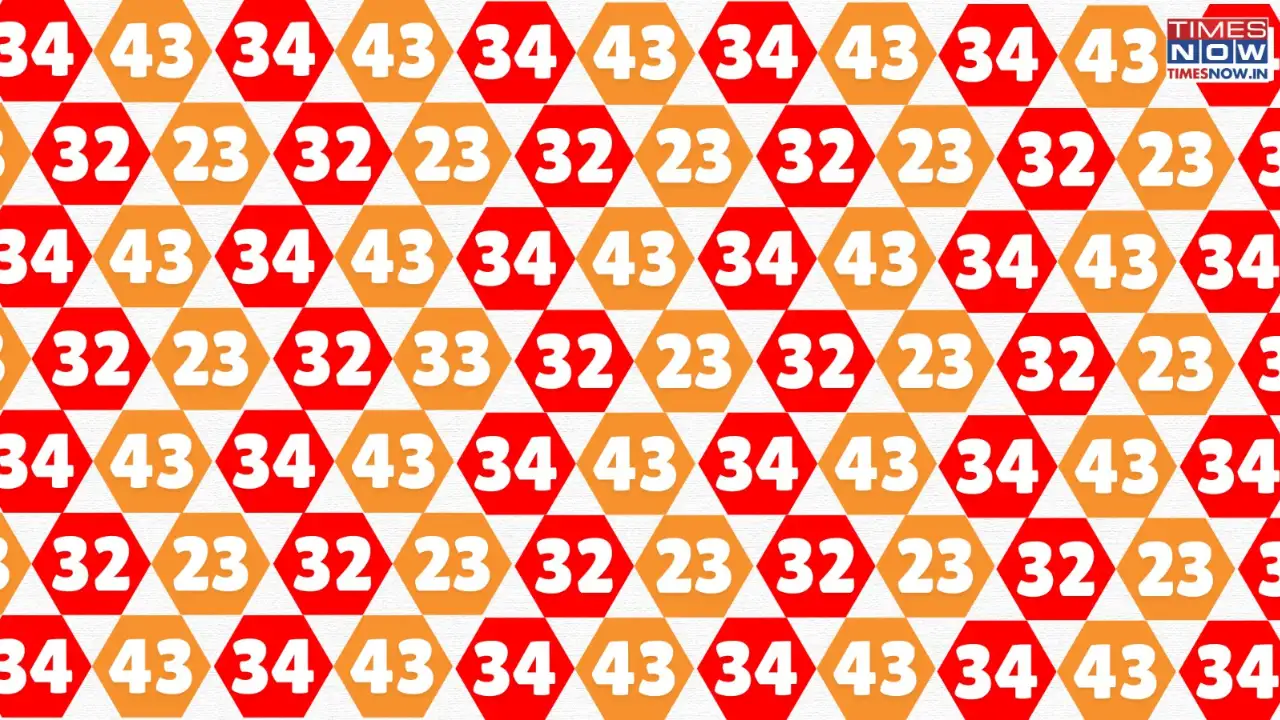
Optical Illusion: Can You Spot the Hidden Number?
Another day, another brain-bending optical illusion! At first glance, this colorful grid of red and orange diamonds looks like a mess of repeating numbers: '34,' '43,' '32,' and '23.' It’s bright, symmetrical, and seemingly straightforward. But if you take a closer look… something’s not quite right.
Hidden within this patterned chaos is an imposter number, one that doesn’t fit the rest.
This illusion is a perfect example of how repetition and color can trick the human brain. The bright hues of red and orange pull your attention to the contrast, while the alternating numbers create a rhythm that’s hard to break. Your eyes keep bouncing between similar digits, and before you know it, you’ve glazed right past the odd one out.
That’s how optical illusions work, they exploit your brain’s tendency to form shortcuts. You think you’ve seen everything, but you haven’t actually looked at each part in isolation. In this case, we’re dealing with a mix of numbers that your brain quickly normalizes: 23, 32, 34, and 43, all combinations of 2s, 3s, and 4s. It lulls you into a false sense of uniformity.
But the truth is…
There’s a sneaky number hidden right in plain sight. And it’s not a variation of 2, 3, or 4.
Ready for the reveal?
If you look closely, in the fourth row from the top and fourth column from the left, you’ll spot the number 33. Yep, not 23, not 43, but 33. It’s the only number that breaks the pattern of unique digit pairings and stands out once you spot it.
Now that you see it, you can’t unsee it.
This kind of illusion is more than just visual fun, it’s a little test of focus and observation. It challenges the assumptions we make when scanning information quickly and reminds us how easy it is to overlook details when our brains are on autopilot. So how long did it take you to find “33”? If it took you more than 10 seconds, don’t worry, you’re not alone. Most people miss it on the first try.
